
🍊 Mandarin or clementine: differences & benefits – Neary
Quick answer: Clementines are a hybrid citrus fruit, sweet, seedless, and easy to peel, while mandarins are older, offer a more fragrant taste, sometimes contain seeds, and have a thicker skin. Both are rich in vitamin C and perfect for winter energy! 🍊✨
Every winter, you find these small, colorful citrus fruits on stalls and in fresh fruit baskets: but do you really know what the difference is between a mandarin and a clementine ? 🤔 Many people confuse them, yet their taste, their history, and their benefits are very distinct. Take a vitamin-packed break 🍊 and discover everything you need to know to stop mixing them up and better appreciate them!
Mandarin vs. Clementine: The Essentials to Remember 🍊
- Origin : The mandarin is an ancient fruit native to Asia, while the clementine is a cross between a mandarin and a sweet orange, discovered by Father Clément in Algeria.
- Taste : Mandarin has more powerful aromas, sometimes slightly acidic and sweet, while clementine is sweeter and less fragrant, appreciated by children.
- Seeds : Mandarins often contain seeds (less practical for snacking), clementines are almost always seedless (perfect for little ones and quick breaks). 🧃
- Skin : Mandarins have a thick skin that can be difficult to peel, while clementines peel easily without damaging your nails.
- Season : mandarins arrive earlier (in autumn), clementines shine especially from November to January, especially the Corsican IGP clementine ! 🇫🇷
In short, if you're looking for a sweet, easy-to-eat treat, clementine is the star. For a more pronounced and authentic flavor, go for mandarin!
What are the benefits of mandarin and clementine? 🥗
Whether you're a mandarin or clementine fan, you're stocking up on vitamins and antioxidants! Here's why these citrus fruits are your health allies in winter:
- Vitamin C : Boosts your immunity and helps you stay in shape all season long. 💪
- Antioxidants : slow down cellular aging and protect your skin against aggressions.
- Low in calories : perfect for a healthy, guilt-free snack.
- Rich in fiber : aids digestion and calms small hunger pangs.
- Moisturizers : with their high water content, they contribute to your daily hydration.
Bonus: Corsican clementines have a PGI label, a guarantee of quality, traceability, and a unique taste. A truly healthy treat to share with the family! 👨👩👧👦
How to choose and store citrus fruits? 🍃
- Choose firm, shiny, unblemished fruit with thin skin for clementines.
- The green stem is often a sign of freshness.
- Avoid fruit that is too soft or dull.
- Store them outdoors to preserve their aromas, but you can also keep them in the fridge for several days.
- Tip: Corsican clementines can be recognized by their small green leaves, a symbol of freshness!
For maximum pleasure, discover the private sale of fresh clementines and enjoy them plain, in fruit salad 🥗, in yogurt, or even in pastries.
Frequently asked questions about mandarin & clementine 🤓
Is clementine a natural fruit or a hybrid? 🤔
Why is the Corsican clementine so famous? 🇫🇷
Can we use mandarin and clementine in cooking? 🧑🍳
Does mandarin always contain seeds? 🥲
Is there a nutritional difference between the two? 🥗
To go further 🍀
Clementine or mandarin, the choice is yours! 🧡 The main thing is to savor these little winter sunshines, sources of good humor and vitality. Take advantage of the season to stock up on flavors and boost your energy naturally! 🌟

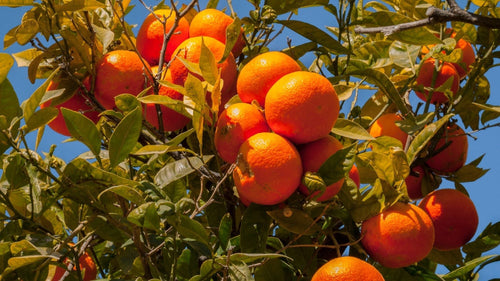
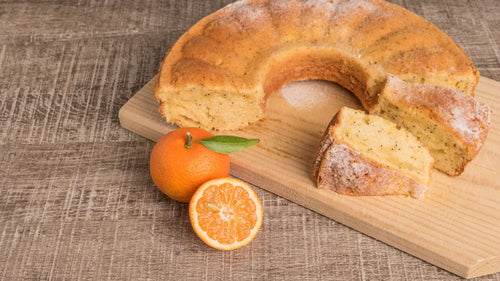

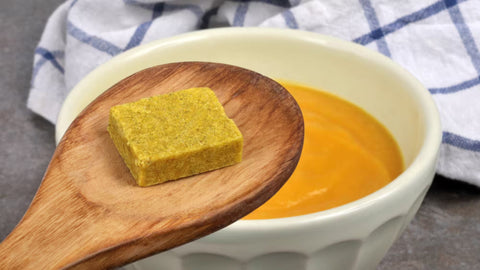
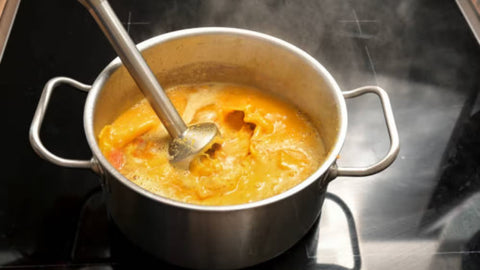
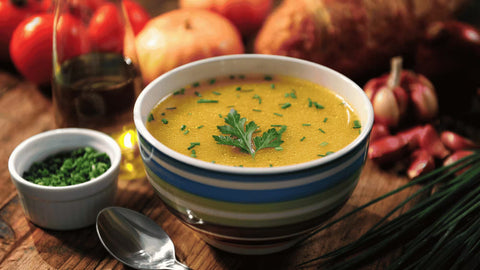
Comments (0)
There are no comments for this article. Be the first one to leave a message!